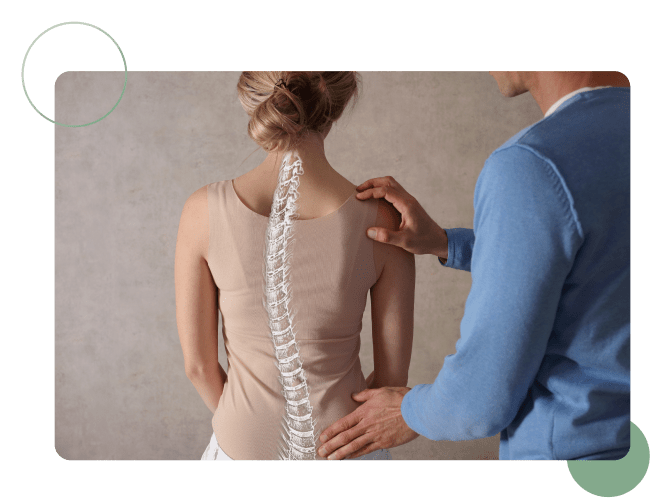Spinal Stenosis Treatment In San Diego, CA
Spinal stenosis is a spinal canal narrowing where the spinal cord and nerves travel. This condition exerts pressure on the spinal cord and the nerve roots exiting the spinal column, leading to various symptoms depending on the affected area. Common symptoms of spinal stenosis include numbness, neck pain, back pain, leg pain, sciatica, and loss of bowel or bladder control. This condition often arises in individuals over 40 due to disk degeneration, bone spurs, and thickened ligaments. This can also occur with people under 40 who have moderate or severe disc bulges, herniations, and extrusions.






